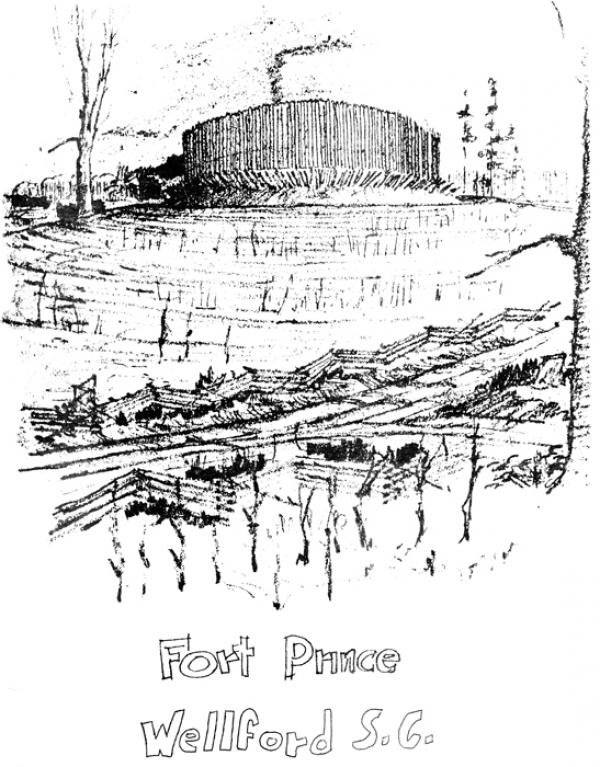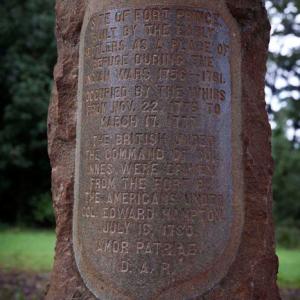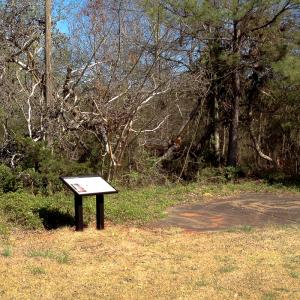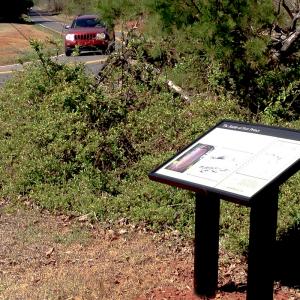Forts in the South Carolina Backcountry
Ft. Prince was one of many forts built in the region before the American Revolution that saw action during the conflict. Originally built as a place of refuge for settlers on the frontier, many of them, including Ft. Prince, were used against them by the British and their Loyalist allies in their attempt to suppress the Revolution.
Tensions between European settlers and the native peoples of South Carolina began as soon as the earliest settlers arrived in the 17th century. As settlement spread away from the coastal areas and further inland these tensions sometimes grew into confrontations. During this time, the area that became Spartanburg was on South Carolina's western frontier and was very involved in these conflicts. As settlement in the region increased, so did the tensions, often leading to raids by Cherokees against settlements. In order to protect themselves, settlers constructed forts like Ft. Prince along the frontier as places of refuge during attacks.
Like other forts in the region, Ft. Prince was privately owned and operated. It was built at the owner's expense, with the owner expecting something in return for allowing use of the fort. In some cases fort owners were able to collect relief aid and supplies raised by the Provincial government while in other instances trade agreements with local settlers may have been established. Because forts were private enterprises, they often changed owners and, accordingly, names. Ft. Prince, for example, was also known as Criner's Fort. Ft. Thicketty in modern-day Cherokee County was once known as Ft. Anderson.
Ft. Prince was described as round in shape, built with heavy timbers 12' to 15' tall. The area around the fort was cleared of trees to deny cover or concealment to attacking forces. On the immediate exterior of the fort there was a perimeter ditch and beyond that an abatis, an outward leaning log fence with sharpened ends to impale attackers. There were large doors acting as gates that could be locked in times of need to protect settlers who gathered in the fort.
Whether or not Ft. Prince was ever utilized in this capacity against attacks by Native Americans is unknown. By the time the Revolution made it to the region, Ft. Prince and many others like it made excellent forward outposts for both sides. As such, many Revolutionary War battles took place at or near these forts. It is somewhat ironic that forts built as a safe-haven for settlers were used against some of the people they were meant to protect.




